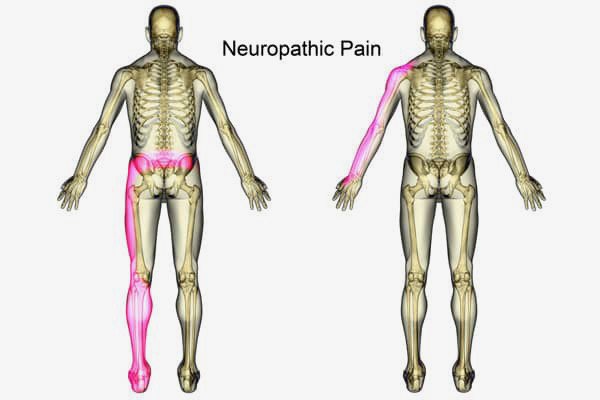Can Physical Therapy Alleviate Neuropathic Pain?
Setting the Stage: Understanding Neuropathic Pain
Dealing with neuropathic pain often prompts individuals to explore holistic approaches for relief. One such avenue gaining recognition is physical therapy. In this exploration of "Can physical therapy alleviate neuropathic pain?" we'll investigate the impact of tailored exercises and therapeutic interventions on individuals grappling with neuropathy.
Neuropathic pain stems from nervous system irritation or damage, manifesting as tingling, numbness, or sharp, shooting pain. Conditions like diabetic neuropathy and nerve compression syndromes contribute to this challenging pain.
The Role of Physical Therapy:
1. Targeted Exercises: Enter physical therapy's array of exercises designed to improve strength, flexibility, and balance—essential elements in managing neuropathy symptoms. It’s important to consult a medical professional to create a targeted exercise plan for you individually. Because of the variety of causes of neuropathic pain, cookie cutter exercises are generally not the best solution, and unfortunately can be a waste of time.
Now, let's explore how these exercises specifically target neuropathic pain.
2. Neurological Rehabilitation: Physical therapists employ neurological rehabilitation techniques to stimulate and retrain the nervous system. This can enhance nerve function and mitigate the impact of neuropathic pain.
Delving deeper, how does physical therapy interact with neuropathic symptoms?
Mechanisms of Alleviation:
3. Enhanced Blood Flow: Physical therapy promotes improved blood circulation, vital for nourishing damaged nerves and reducing inflammation, a common contributor to neuropathic pain.
4. Nerve Gliding Techniques: Certain physical therapy techniques involve gentle movements that help nerves glide smoothly, reducing compression and minimizing pain signals. Think of this as gentle flexibility training targeted at the nerve.
Now, with an understanding of these mechanisms, let's discuss the effectiveness and potential benefits.
Effectiveness and Benefits:
5. Pain Management: Studies indicate that physical therapy effectively manages neuropathic pain, equipping individuals with valuable tools to enhance their quality of life.
6. Preventative Measures: Regular physical therapy sessions may act preventatively, slowing down neuropathy progression and minimizing complications.
Integrating Physical Therapy:
7. Comprehensive Treatment Plans: Physical therapy is often integrated into comprehensive treatment plans, working synergistically with medications and lifestyle adjustments for holistic care.
8. Tailored Approaches: Recognizing each individual's unique experience with neuropathy, physical therapists tailor their approaches to specific needs, ensuring personalized and effective care.
While physical therapy holds promise, are there potential risks or considerations?
Considerations and Risks:
9. Individualized Assessments: Before initiating a physical therapy regimen, thorough assessments are vital to identify contraindications or specific considerations based on individual health status.
10. Collaboration with Healthcare Providers: Open communication between patients, physical therapists, and healthcare providers is crucial, ensuring physical therapy interventions align with the overall treatment plan.
Charting the Course for Relief: Your Path to Neuropathic Pain Alleviation
In conclusion, the affirmative response to "Can physical therapy alleviate neuropathic pain?" is underscored by targeted exercises, neurological rehabilitation, and personalized approaches. Physical therapy emerges as a valuable tool in the comprehensive management of neuropathic pain, offering not only relief but an improved quality of life.
If you're searching for "physical therapy near me," consider reaching out to experienced professionals who can guide you on your journey towards neuropathic pain relief, like Premier Performance and Physical Therapy.



